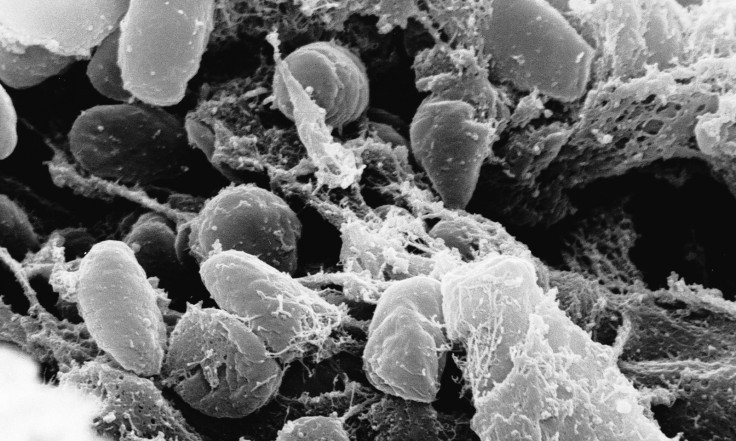Two women hospitalised after New Mexico reports latest cases of plague
Around 80% of plague cases in the US are bubonic, the CDC says.

Two cases of plague have been reported in New Mexico, bringing the total for the state in 2017 up to three.
Two women, one from 52, the other 62, both from Santa Fe county were the two new cases, the New Mexico Department of Health (NMDOH) said.
The department said it had investigated the homes of the two women to check for further risks to neighbours and the women's families.
NMDOH said the plague is present in fleas on some wild rodents in Santa Fe County and several other counties in the state.
The department says people should make sure people are using "appropriate" flea medication for their pets and to generally limit how close rodents get to the home and pets.
"Pets that are allowed to roam and hunt can bring infected fleas from dead rodents back into the home, putting you and your children at risk," said Dr Paul Ettestad, public health veterinarian for the New Mexico Department of Health.
"Keeping your pets at home or on a leash and using an appropriate flea control product is important to protect you and your family."
The department said that in 2016 there were four instances of human plague and four others in 2015 - from those only one in 2015 resulted with a fatality. In humans, the symptoms of plague include a painful swelling of the lymph nodes in the groin, armpits or neck, along with chills, fever, headaches and weakness.
Unexplained illness producing sudden high fevers should be seen by a doctor, NMDOH said, while sick pets should be seen by a veterinarian.
The Centers for Disease Control and Prevention (CDC) says that humans case of plague only really affect the west of the United States in two areas: northern New Mexico, northern Arizona and southern Colorado; or California, southern Oregon and far west Nevada.
More than 80% of plague cases in the US are bubonic, the CDC also said.
© Copyright IBTimes 2024. All rights reserved.






